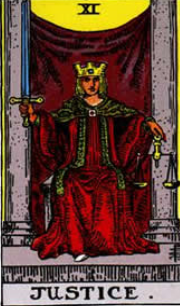
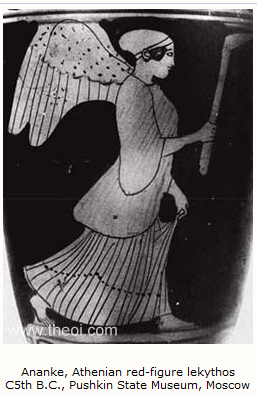 The Ancient Greeks’ concept of Justice was more pragmatic than the Egyptians’. According to Egyptian mythology it was Maat, or Justice that set order to the universe at the moment of creation, and so Justice is the primary force of their world. (see Justice, Part I) The Greeks claim that it was Ananke, the primordial goddess of compulsion, inevitability, and necessity, that set everything to order. She emerged fully formed at the very beginning of time, a serpentine spirit intertwined with her mate, Khronos, or Time. Together, Time and Necessity hold the egg of the universe fast in their powerful coil.
The Ancient Greeks’ concept of Justice was more pragmatic than the Egyptians’. According to Egyptian mythology it was Maat, or Justice that set order to the universe at the moment of creation, and so Justice is the primary force of their world. (see Justice, Part I) The Greeks claim that it was Ananke, the primordial goddess of compulsion, inevitability, and necessity, that set everything to order. She emerged fully formed at the very beginning of time, a serpentine spirit intertwined with her mate, Khronos, or Time. Together, Time and Necessity hold the egg of the universe fast in their powerful coil.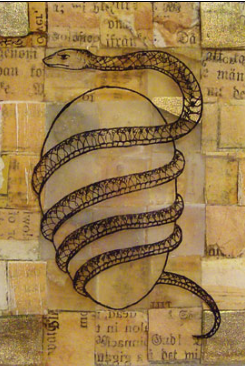 She is the mother of the Fates, or Moirae and although even mighty Zeus defers to her, she’s not a popular or commonly worshiped goddess. Nobody, except perhaps a politician, enjoys bowing to her. As far as we know, only one temple to Ananke ever existed. It was in Corinth, and this most powerful of all goddesses had to share it with Bia, meaning violence or violent haste. With time her worship disappeared completely as Greek culture redefined and gilded the web that held creation together. It became the sparkling net of Eros, the god of love. (Wikipedia, Ananke entry)
She is the mother of the Fates, or Moirae and although even mighty Zeus defers to her, she’s not a popular or commonly worshiped goddess. Nobody, except perhaps a politician, enjoys bowing to her. As far as we know, only one temple to Ananke ever existed. It was in Corinth, and this most powerful of all goddesses had to share it with Bia, meaning violence or violent haste. With time her worship disappeared completely as Greek culture redefined and gilded the web that held creation together. It became the sparkling net of Eros, the god of love. (Wikipedia, Ananke entry)
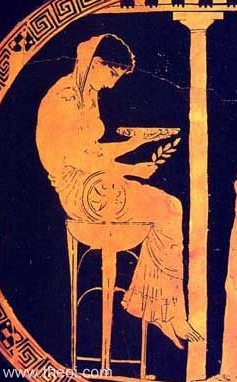
There is a Greek Goddess of human justice. Her name is Dike and she is the daughter of the Titan Themis, goddess of Divine law. Both of them are, of course, subservient to Ananke. In other words, Justice must always bow to Necessity.
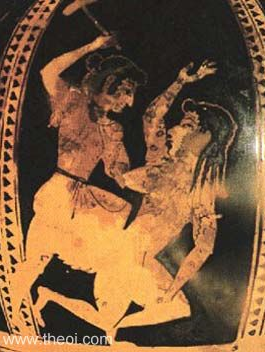

But it is actually the Roman goddess Justitia that lurks in front of, on top of, or inside of hundreds of modern courthouses around the world. As far as I can tell, she is the one who first held the scales that weigh the facts in one hand and the sword that separates right from wrong in the other. Many of these sculptures are called Themis, but I wasn’t able to find any ancient statues or pottery that show either Themis or Dike with either a sword or scales. And besides, Themis rules divine law, the big picture, which is not quite the same as the laws that govern men, which are Dike’s and Justitia’s territory.
And none of these goddesses were ever depicted blindfolded. The first known representation of blind Justice is Hans Gieng’s 1543 statue on the
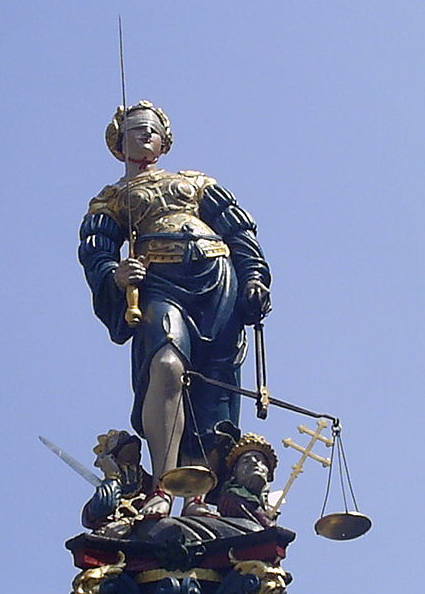
Gerechtigkeitsbrunnen (Fountain of Justice) in Bern, Switzerland (Wikipedia, Lady Justice entry). I realize that the blindfold is supposed to represent impartiality, that the law does not see race, social status, or religion as a determining feature in its deliberations, but I have trouble with the image. When considering a case, it is important to “see” all it’s sides, to “see” all the relevant pieces of information, and to “see” the prejudices and motivations of both the defense and the prosecution. You can’t do this if you’re “blind”. Apparently many sculptors agree with me, because there are lots of Lady Justice statues out there without that blindfold.
To be continued…

